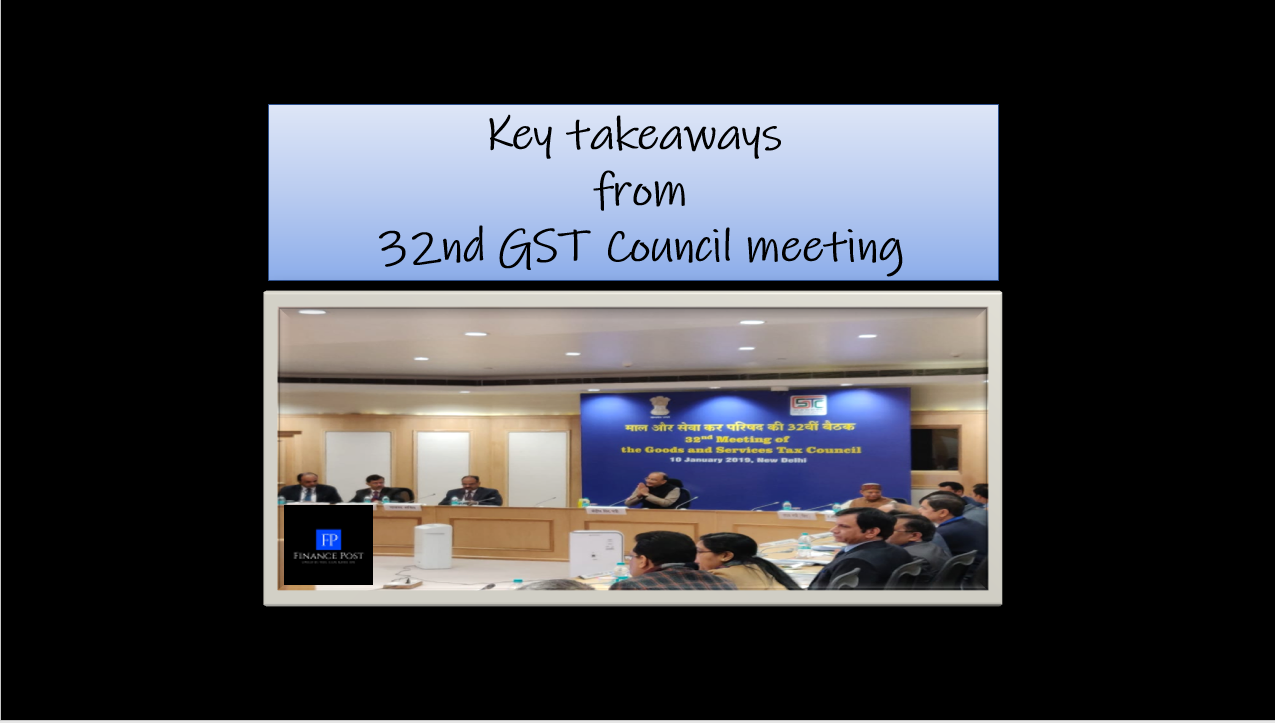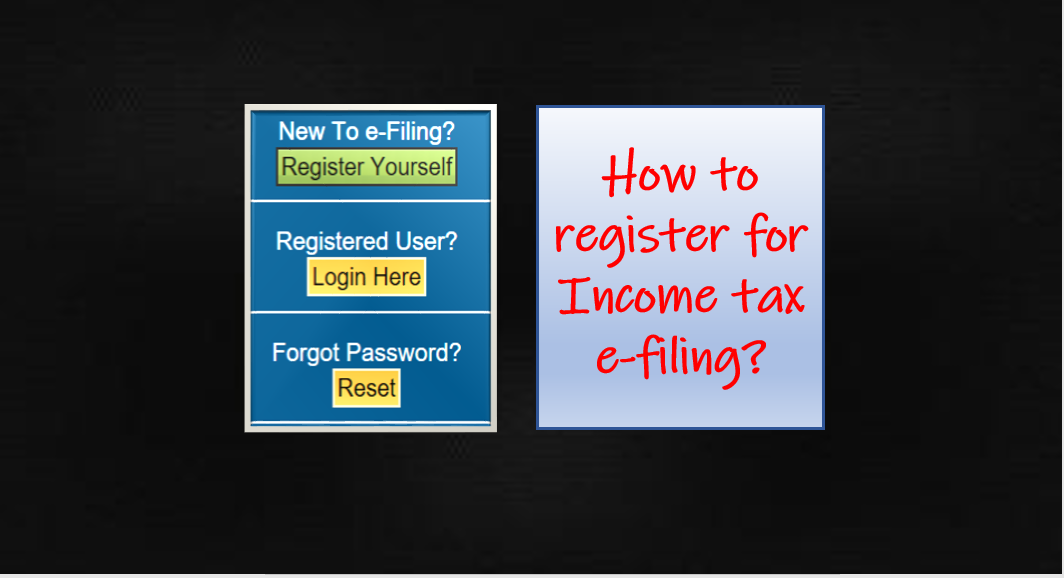
Last updated on May 15th, 2021 at 09:19 pm
PCA framework: RBI’s tool to tackle Financial Stability
Introduction
Prompt Corrective Action (PCA) framework is a structured way of resolution for banks which are under-capitalized or are vulnerable. Over the past years, many banks suffered NPAs and their stability was in question, especially Public sector banks which are under-capitalized. It is interesting to know what the RBI has done to avoid such circumstances in the future. What is the framework adopted by RBI to avoid such instances and their consequences?
The first and foremost step taken by RBI is to limit further losses and prevent erosion of the capital. The main aim is to nurse the sick banks back to sound financial health by undergoing tough PCA norms. RBI imposes PCA norms on banks when certain regulatory parameters are triggered. The following are the parameters
- Capital to risk-weighted assets ratio (CRAR)
- Common Equity Tier 1 ratio (CET)
- Net non-performing assets ratio(NNPA)
- Return on Assets (RoA)
- Tier 1 Leverage ratio
For e.g. when capital falls below the minimum regulatory limit or net NPA is above the regulatory limit.
What do you understand by PCA (Prompt Corrective Action)?
To put it in simple words, Prompt Corrective Action is when banks do not meet the prerequisite thresholds of capital, quality of assets and/or loss of profitability. RBI intervenes to take corrective steps at an early stage to restore /stabilize the financial health of the banks which are at risk and then consider how the business model of the bank can be made viable in long run. RBI had introduced the PCA framework in December 2002 and revised the same in April 2017. the norms do not impact the normal operations of the bank causing any hardships to the general public.
What are the key areas for monitoring under the PCA framework?
RBI would verify whether the risk thresholds/key areas have been crossed adversely or not by the banks and whether it should be placed under the PCA framework or not based on
- The Audited Annual Financial Results
- Supervisory Assessment made by RBI
However, if due to any circumstances during the course of a year, RBI may restrict banks by imposing the PCA framework and help to take corrective measures to stabilize the financial health of banks.
Below are the key areas/indicators/parameters/risk thresholds presented in a PCA Matrix.
RBI’s Revised PCA Matrix (April 2017) – Indicators and risk thresholds

What mandatory actions are taken on banks falling under the risk threshold under the PCA framework?
When the initial threshold is crossed, depending upon the violations, banks are categorized in successive thresholds. Following are the mandatory actions taken in case of defaults/violations:-
- Restriction on the distribution of dividends & remittance of profits.
- Requirement of bringing additional capital by promoters/owners/parents.
- Restrictions on opening new branches; No expansion will be permitted whether domestic or overseas.
- Higher provisioning is required to cover the risk quotient.
- Restrictions on management’s compensation and/or director’s fees.
[su_table]
|
Risk Category |
Mandatory Actions |
|
Risk Threshold 1 |
Restriction on the distribution of dividends & remittance of profits.
Requirement of bringing additional capital by promoters/ owners/parents. |
| Risk Threshold 2 | Restriction on the distribution of dividends & remittance of profits.
Requirement of bringing additional capital by promoters/owners/parents. Restrictions on opening new branches; No expansion will be permitted whether domestic or overseas. Higher provisioning is required to cover the risk quotient. |
| Risk Threshold 3 | Restriction on the distribution of dividends & remittance of profits.
Requirement of bringing additional capital by promoters/owners/parents. Restrictions on opening new branches; No expansion will be permitted whether domestic or overseas. Restrictions on management’s compensation and/or director’s fees. |
[/su_table]
Apart from these mandatory actions, there are series of corrective actions listed by RBI viz. Special Supervisory Interactions, Strategy related, Governance-related, etc. And the list is not exhaustive, the Reserve Bank of India may take any other action as it deems fit in addition to the actions prescribed in the framework.
What are the corrective actions taken by RBI under the PCA framework?
Following are the corrective steps/actions that can be initiated by RBI at its discretion
- Special Supervisory interactions
- Strategy related actions
- Governance-related actions
- Capital-related actions
- Credit risk related actions
- Market risk-related actions
- HR-related actions
- Profitability related actions
- Operations related actions
- Any other actions
Which banks are under the purview of the PCA framework of RBI?
RBI has placed the following eleven public sector banks under the purview of the PCA framework.
- Dena Bank
- Central Bank of India
- Bank of Maharashtra
- UCO Bank
- IDBI Bank
- Oriental Bank of Commerce
- Indian Overseas Bank
- Corporation Bank
- Bank of India
- Allahabad Bank
- United Bank of India
Some of the banks from the above have come out of the risk threshold(minimum common equity tier 1 ratio is at 5.5% against 4.5%) after recoveries made through the bankruptcy process launched to stabilize the risk.
Note: RBI clarified that no restriction has been imposed on the retail deposit-taking activity of any bank.
Conclusion
As the name suggests “Prompt Corrective Action” means action/corrective measures that are taken by early intervention and in a timely manner to restore the financial health from deteriorating more by stabilizing the capital levels. Further, it encourages banks to avoid/abstain from certain riskier activities, focus on building capital and improve operational efficiency which would strengthen the bank in long run.
You may also like:
- Why according to RBI relaxation in PCA norms will lead to financial instability in the economy?
- What exactly is the issue behind the defaults in NBFC??
- Why does RBI hike the interest rate?
- Govt. invokes Sec 7 first time in the history of Independent India: Will RBI stop functioning independently?
- Whats the reason behind RBI vs. Govt.??
- 50th GST Council Meeting - 11/07/2023
- GST Compliance Calendar of October 2023 - 01/04/2023
- GST sections amended in Finance Act 2023 - 27/03/2023
Disclaimer: The above content is for general info purpose only and does not constitute professional advice. The author/ website will not be liable for any inaccurate / incomplete information and any reliance you place on the content is strictly at your risk.
Follow us on Social Media by clicking below
Follow @financepost_in


Be the first to comment